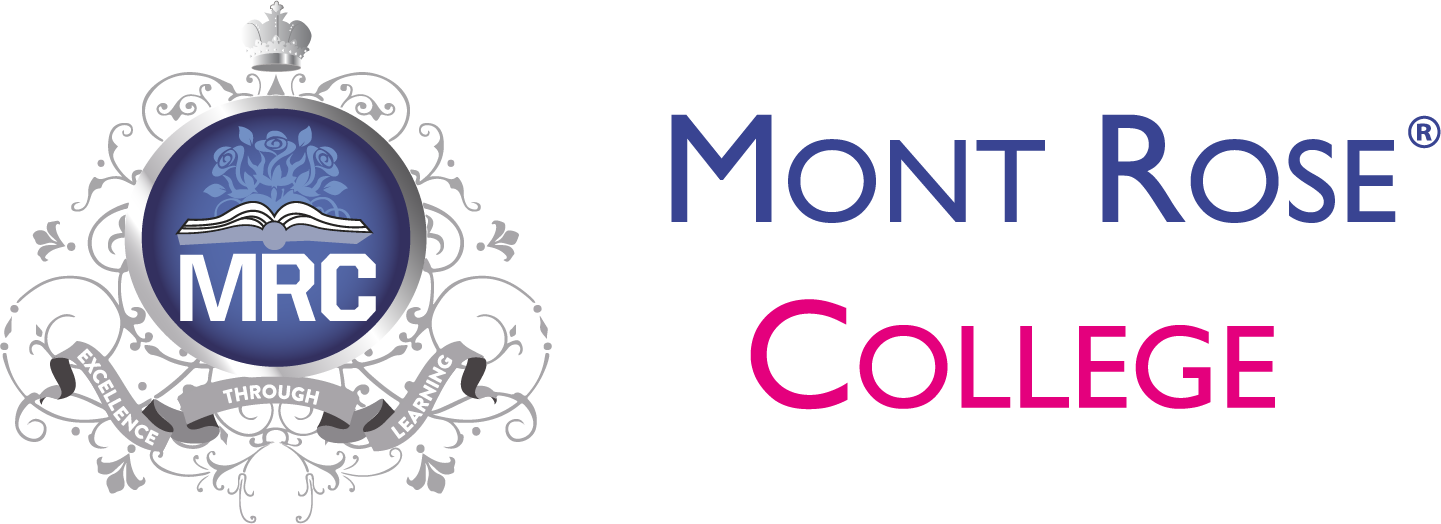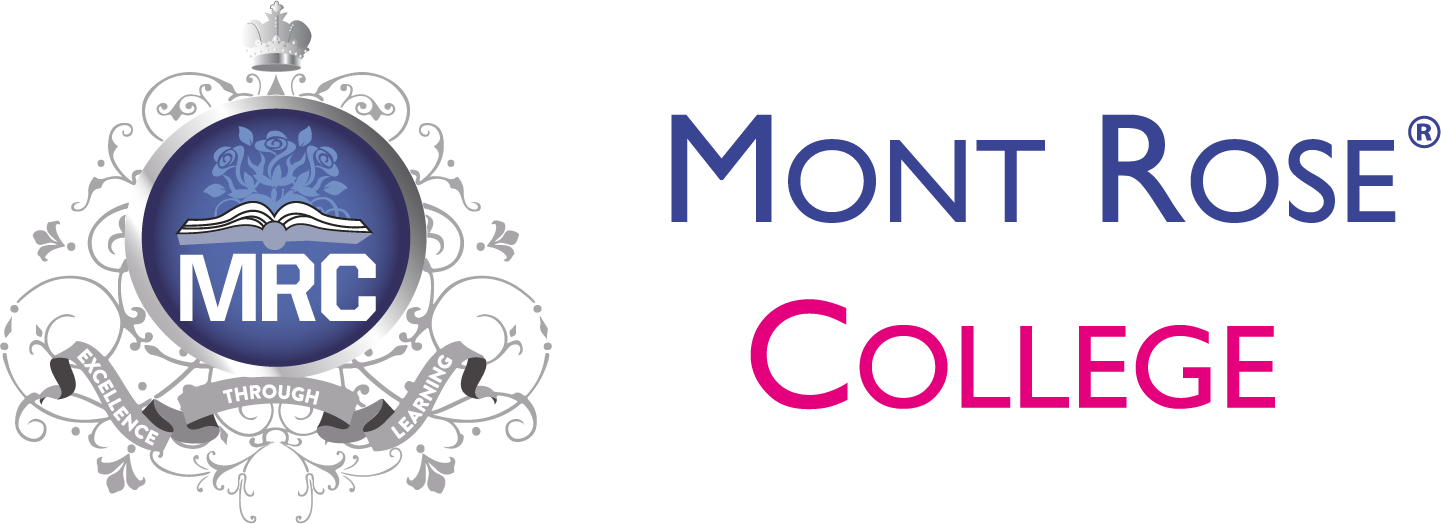The seismic shifts in our professional landscape stemming from the COVID-19 pandemic have not only opened the doors to transformation but, more pointedly, have mandated it. Challenges have been numerous and profound for those at the helm of the business, intricately weaving the threads of a resilient action plan, and for the diligent workers tasked with implementing remote systems overnight. This blog post ventures into the heart of a post-pandemic future, not merely postulating on the prospects of a remote work concept but dissecting this revolution’s nuances for a comprehensive understanding of what lies ahead.
The Remote Work Renaissance: A Silver Lining
The pandemic acted as an extraordinary catalyst for change, thrusting the concept of remote work from an emerging trend to an indispensable norm virtually overnight. The benefits quickly emerged from the smokescreen of uncertainty; productivity in many sectors defied expectations, proving that physical office spaces, long thought to be the nucleus of productivity, were not the sole arbiters of professional output.
Unearthing Efficiency and Productivity
The elimination of commute times for workers, coupled with greater flexibility, served as the elixir for a productivity surge. Discipline in remote work emerged with new routines and methods, often resulting in employees delivering more within the same time frame.
Cultivating a Healthy Work-Life Balance
Remote work, which advocates stress, has woven the delicate thread of balance into the tapestry of many professionals’ lives. The capacity to sit down to dinner with family or engage in a healthier lifestyle during breaks has become the new norm, offering employees a respite from the often gruelling demands of a traditional work setting.
The New Tools of the Trade: Remote Work Technology
For the remote revolution to materialise its full potential, it leaned heavily on technology. In this section, we analyse the digital constructs that structured the remote work environment during the pandemic and continue to evolve in the post-pandemic world.
Video Conferencing and Collaboration Platforms
The rise of platforms such as Zoom, Microsoft Teams, and Slack upended how we conceptualise workplace interactions. The immediacy of video calls and the seamlessness of shared documents transformed the virtual into the new tangible.
Cybersecurity and Privacy in a Decentralised Environment
The dispersion of workspaces from the centralised office to the home warranted a recalibration of cybersecurity measures. This segment highlights the importance of secure networks and the need for stringent personal data protection policies in the era of remote work.
Rethinking Organisational Structures
Remote work has not just been about where employees work but has necessitated an overhaul of the traditional nine-to-five, in-house work model. Organisational structures must mutate to accommodate the freedoms and responsibilities inherent in remote work.
Redesigning Traditional Job Roles
Roles have become more fluid, requiring cross-functionality and a new skill set that caters to virtual productivity. This section examines how job descriptions have evolved towards adaptability and the ability to thrive in independent, remote settings.
Leadership in the Virtual Sphere
The challenges have been daunting for leaders, needing to motivate and manage teams that are neither seen nor heard in person. The segment addresses strategies for virtual leadership—such as empathetic communication, results-driven management, and fostering team spirit—that have their roots in emotional intelligence and adaptability.
The Remote Work Facilitator: HR Department’s Evolving Role
The Human Resource department, often the custodian of company culture and the employee experience, found its mandate expanding in unique ways to support remote work policies.
Hiring and Onboarding in a Virtual Environment
The eternal handshake of employment found a digital avatar during the pandemic. HR managers now had to hire and onboard new employees through virtual mediums, finding new ways to assimilate them into the company’s ethos and culture.
Ensuring Employee Wellness and Engagement
The HR domain’s evolution perhaps found its highest expression in the delicate task of maintaining employee engagement and wellness. The focus has shifted from perks and benefits in a physical office space to nurturing a cohesive, connected, and supported workforce in the remote setting.
The Legal Landscape of Remote Work: Compliance and Best Practices
The transition to remote work also necessitates a close gaze at the legalities that govern this employment paradigm. This section will appraise readers of the legal holidays of a remote workforce, like labour laws, tax implications, and insurance coverage.
Labor Laws and Working Hours in the Virtual Domain
We explore how labour laws adapt to the gigabytes of virtual work happening unseen and unregulated in the privacy of homes and discuss if the concept of ‘working hours’ requires revision in a remote landscape.
Remote Work and Taxation
The section deep dives into the complex intersection of remote work and taxation. With employees working across state and national borders, we ponder the equitable distribution and collection of the taxation pie.
Equipping the Workforce for Remote Success
With the modalities and frameworks for remodelling our offices and workstations, the spotlight must shine on equipping the most vital asset for success in the remote landscape: the workforce.
Professional Development in a Distant Setting
The professional development paradigm shifts from in-house sessions to virtual, personalised experiences. We discuss how this transition has paved the way for individual growth and the democratisation of knowledge transfer.
Emotional and Psychological Support in Isolation
Isolation and burnout lurk as silent perils in a remote work environment. This segment flags the importance of mental health resources and benefits that companies must now provide to adequately support their remote workforce.
Roadblocks and Challenges on the Remote Path
Despite its allure, remote work is not devoid of challenges. Here, we candidly confront the potential roadblocks that can impede the smooth transition to a predominantly remote work environment.
The Myth of the Always-Connected Workforce
The disintegration of the work-life barrier has given birth to the myth of the always-connected workforce. We unpack the pitfalls of an ‘always-on’ culture and stress the significance of delineating personal time from professional commitments, even in a remote environment.
Communication Breakdowns
The shift to virtual places heavier reliance on effective communication, yet it often grapples with the paradox of plenty—the abundance of communication avenues leading to potential breakdowns. This segment addresses the art of nuanced and succinct communication in a remote world.
The Remote Work Ripple Effect on Society and Environment
Remote work bears social and environmental ramifications that ripple far beyond the confines of the corporate setting. This section contemplates the broader implications of this newfound work flexibility.
Socio-Economic Impacts and Inequalities
The new work paradigm is not universally equitable. This segment raises vital questions about who benefits from remote work and who may be left behind in digital landscapes of socio-economic inequality.
Environmental Sustainability and Remote Work
The environmental dividend from reduced commuting and office space energy consumption is the unsung anthem of the remote work revolution. Here, we underscore remote work’s positive impact on environmental sustainability.
Cultivating a Remote-Ready Workforce Culture
For remote work to thrive, it must be woven into the organisation’s cultural fabric. This segment advocates for a workforce culture that is responsive and prepped for the remote paradigm.
Fostering Trust and Autonomy
Trust and autonomy become cornerstones for a remote culture to flourish. We explore how to breed a work ecosystem grounded in mutual trust and the liberty to perform without micro-management.
Celebrating Remote Work Successes
Celebrating is a primordial human desire that finds a new outlet in the digital dimension. Here, we outline the importance of acknowledging and celebrating successes in the remote work environment to bolster morale and foster a cohesive workforce.
Conclusion
Remote work, once an optional modality, has been seared into the corporate consciousness as a pivotal component of post-pandemic future work models. The trending reports are unanimous in pointing towards the rise of remote work as a dominant force, not just for its pragmatic advantages but for its role in moulding a more human-centric and sustainable approach to work. The detailed exploration in this post is a testament to the depth of consideration this topic demands and the forward trajectory it beckons organisations to chart.









